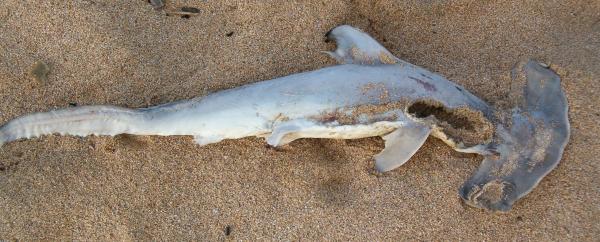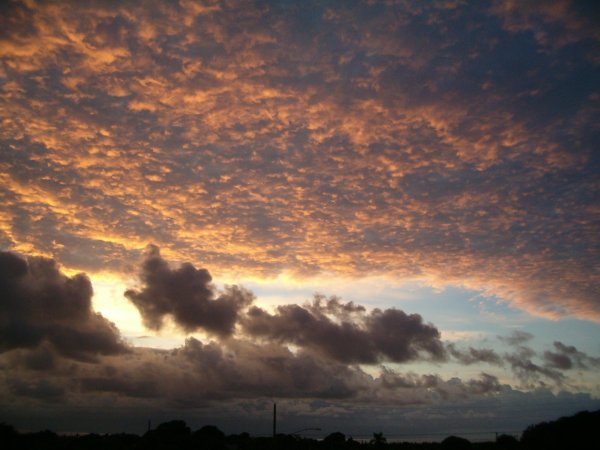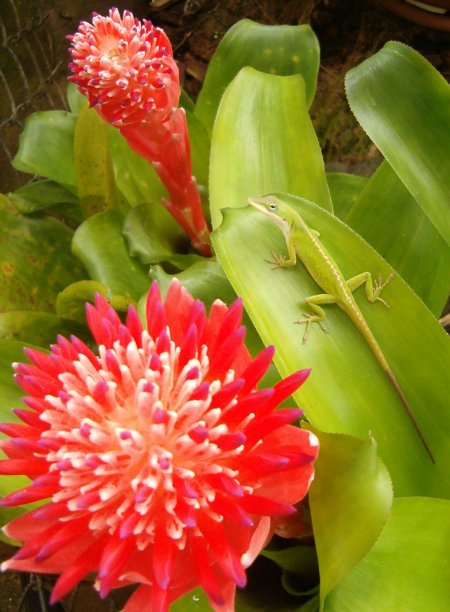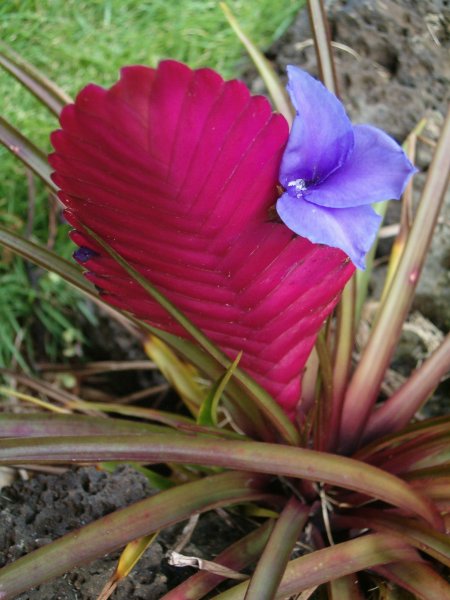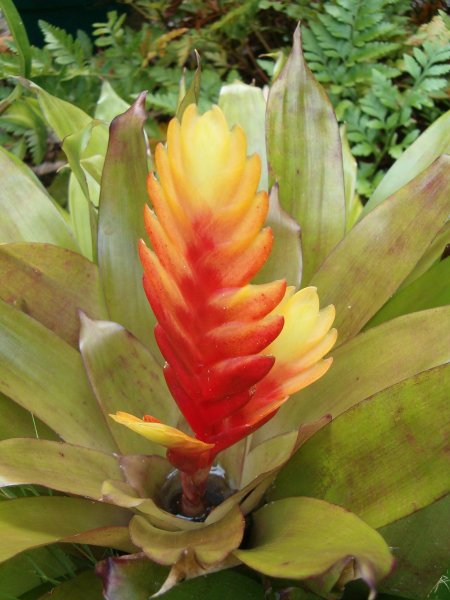As an avid hiker and explorer on Kauai, I’m always on the lookout for a new trail. So when I heard there might be an old right-of-way in the middle of a neighborhood, I had to go find it.
Known as the Old Cart Trail, it is an old access trail on state land that was never developed or maintained as a trail. From the name and what I found, I assume it was an actual road from the missionary period on Kaua’i. It begins at a locked vehicle gate and an open pedestrian access, as shown in the following photo:

The right-of-way is very overgrown with weeds and the itchy buffalo grass, so you just have to push your way through. At the end of the fence, you’re at the top of a small ravine going straight down to a river. On the left of the ravine is a trail, and after climbing over a few trunks and branches, it turns into a wide trail that curves left and descends into the valley.
After a while, this nice trail disappears in the forest, near a place where this vine has created a perfect corkscrew and severly stunted it’s host tree. At this point, you want to turn right and head down towards the river through the tangled branches of the hau trees. Try to remember your path so you can retrace your steps on the way out.

Update 2015: I went back and this vine and tree are dead now, though the trunk is still standing and vaguely recognizable. In a few more years it will be gone too.
Depending on what path you chose through the hau, you should reach the river within 10-15 minutes. Then you follow it upstream until you see the gauging station on the other side. If you recognize that, you know where you can get from here:
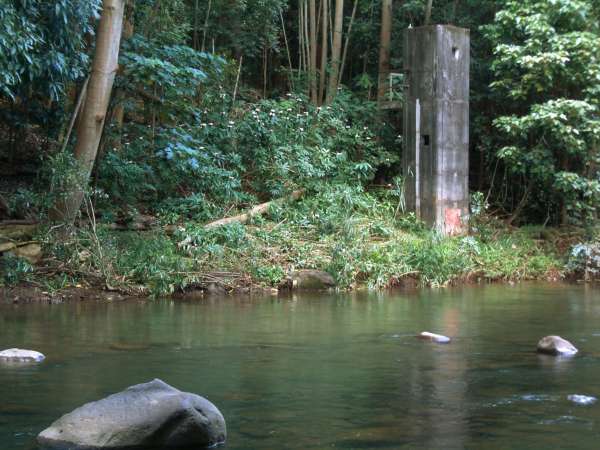
This trail should only be attempted by the adventurous who don’t mind getting scratched by the overgrown brush and who know how to cross rivers safely. Conditions change, often for the worse, so be prepared to turn around at any time.
WARNING: hiking off trail in forests and crossing rivers are dangerous activities. Forests are full of rotten wood and hidden holes, and it is easy to get lost. Rivers may sweep you away easily and can flood quickly to trap you on the other side. Exercise caution and proceed at your own risk.





